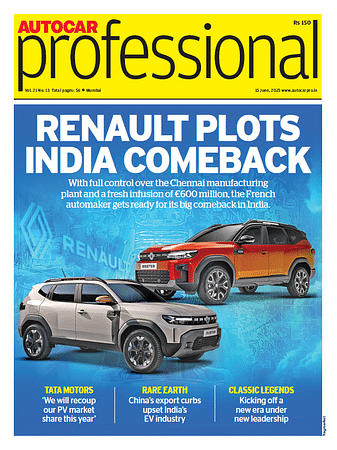Tata Zest sees waiting period of up to 6 months due to supply constraint
The Zest, Tata Motors' first product under its comeback 'Horizonext' strategy, seems to be helping the company play the "challenger's" role in the passenger vehicle market.
The Zest, Tata Motors' first product under its comeback 'Horizonext' strategy, seems to be helping the company play the "challenger's" role in the passenger vehicle market.
The model, which reached the No. 3 spot in its segment in October 2014, is seeing a waiting period of up to six months for some of its variants. The petrol variant is seeing a stronger demand. "The fact of the matter we are not able to produce as much as the market needs. Supply is much lesser than demand," says Mayank Pareek, president, passenger vehicles business unit, Tata Motors.
The long waiting period is due to the supply constraint of some vendors and the production capacity of the Zest. The company is in the process of ramping up the model's production level. Pareek says over 10,000 units of the Zest has been sold since its launch in mid-August.
He was speaking at the company's quarterly results press conference in Mumbai today. Tata Motors has reported a 6.5 percent growth in its consolidated revenue and a 7.1 percent drop in profit after tax during the July-September 2014 quarter compared to the same period last year. The company's revenue stood at Rs 60,564 crore, while its profit after tax was Rs 3,291 crore. The company says that the weak operating environment in the standalone business was more than offset by, increase in wholesale volumes, richer product mix and market mix at Jaguar Land Rover (JLR).
On the commercial vehicle side, better economic sentiment and firm freight rates led to replacement demand which supported the company growth of 14.1 percent Y-o-Y in the MHICV (medium, heavy and intermediate commercial vehicle) truck segment. This is a sharp reversal of the performance over the last 10 quarters. However, the subdued infrastructure and manufacturing activities and high interest rate regime continued to impact the operations during the quarter. The SCV segment continues to be impacted by constrained financing & low LTVs (Loan to Value ratio).
RELATED ARTICLES
Continental exits TBR market in India, shifts focus to car and SUV radials
German tyre manufacturer aims to tap the double-digit market growth opportunity for big SUV and luxury car tyres which w...
New ZF SELECT e-drive platform gives EV makers a choice in 100 to 300 kW range
Modular e-drive platform optimally matches 800-volt overall system and components such as the electric motor and power e...
Daimler India CV and BharatBenz deliver 200,000th truck
Daimler India Commercial Vehicles' portfolio includes truck models ranging from 10 to 55 tonnes for a wide variety of ap...





 By Autocar Professional Bureau
By Autocar Professional Bureau
 14 Nov 2014
14 Nov 2014
 7193 Views
7193 Views









